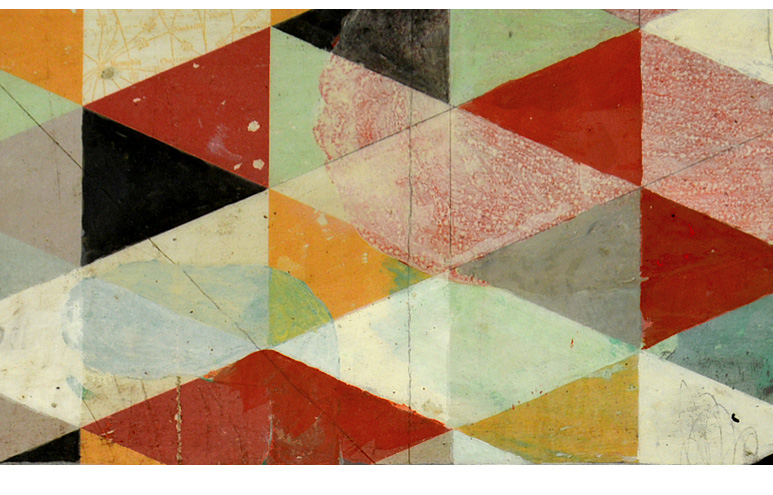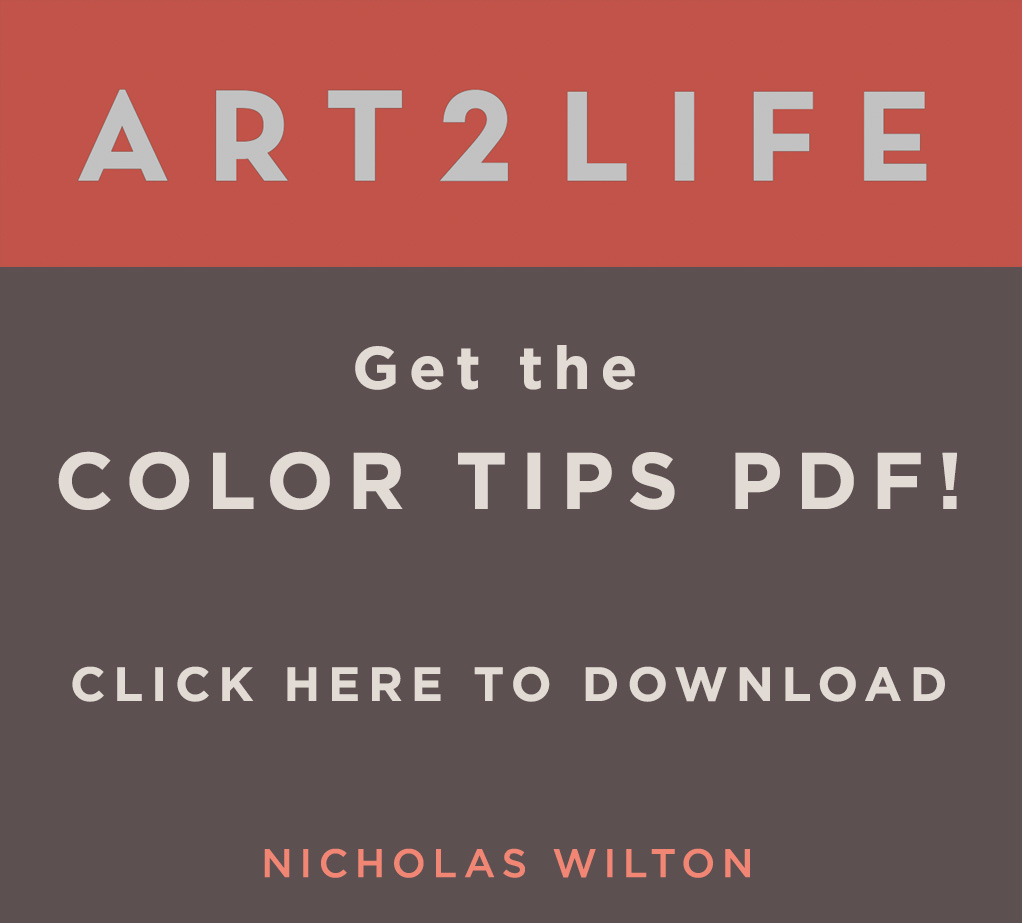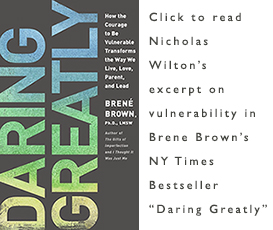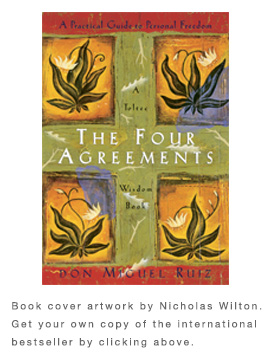 Pema Chodrun eloquently spoke of three primary teachings found in Tibetan Buddhism. Even though I am only mildly familiar with the basic tenants of Buddhism, oddly, the primary points she was making I innately understood already. I was familiar – not because I have studied or practiced Buddhism – but because I have spent most of my life making Art. Again, a similar curriculum.
Pema Chodrun eloquently spoke of three primary teachings found in Tibetan Buddhism. Even though I am only mildly familiar with the basic tenants of Buddhism, oddly, the primary points she was making I innately understood already. I was familiar – not because I have studied or practiced Buddhism – but because I have spent most of my life making Art. Again, a similar curriculum.
I thought the ideas she presented were so potent, so applicable to not just life but especially to the practice of making Art that I thought I would share them here.
There are three, but the first one is a doozer:
“We Already Have Everything We Need”
In ArtLife Workshops I am always trying to communicate this crucial idea to those who are tentatively sitting upon the sidelines instead of beginning their own art practice. In many instances in life, in the business world especially, there is great currency put on having credentials, advanced degrees and most importantly prior experience. This is true for almost anything new we would like to pursue.
Unfortunately, the need to have expertise, to have extensive training before we can participate often discourages our curiosity. This, however, is not the case for Art. Anyone who has the desire and the curiosity to embark upon making Art can. The only qualification for making Art is life experience. And all of us, without exception, are amply filled with this already.
“Start Where You Are”
Right here, right now is a good place to start. A meditation practice is not about later; an art practice is not either. The sublime beauty of both is quietly waiting right now. In the present. Once begun, both can teach us, remind us, to pay more attention to what is happening at this very moment.
Almost without exception, when I go into my studio to begin making Art, I do not know or feel particularly confident about what I will do. I used to put off organizing my life around a regular practice of art making, thinking that I did not know enough information, or that one day in the future I would be more prepared. And then I realized that day most likely would never come. So I just began where I was, with the little bit of information I had gleaned along the way. And I just began. I realize now, years later, that the most important decision of all that I was struggling with was that I decided to start.
“Move Toward Difficulty”
We are taught from an early age to avoid difficulty. This makes sense of course, but in time we realize this is not possible. Difficulty seems to come anyway. I used to strive for a seamless, beginning middle and happy ending in all I did, especially my Art. However, this too is impossible. And thankfully so.
My Art practice has showed me the folly of trying to avoid something in a painting that I am unsure about. In trying to avoid it, by painting around something to not interact with it, I only seem to make it more noticeable. Have you ever noticed this? It drives me crazy. The very thing I don’t want to deal with ends up sticking out like a sore thumb the more I ignore it. Peculiarly, it is the difficult thing that needs to be directly worked upon. This is, at least in my experience of making art, exactly where the lessons, the transformation – not just for your Art, but more importantly for your thinking – are waiting. The answers are held in the difficulty. This is a lesson I relearn again and again, not just in my Art but in my Life as well.
Sometimes I wonder if the reason we are driven to make Art is just to learn who we are or who we are becoming. It is, thankfully, not easily answered. It takes time. In fact, it takes a lifetime.
What ideas or concepts inform your art practice?
In gratitude, Nicholas



